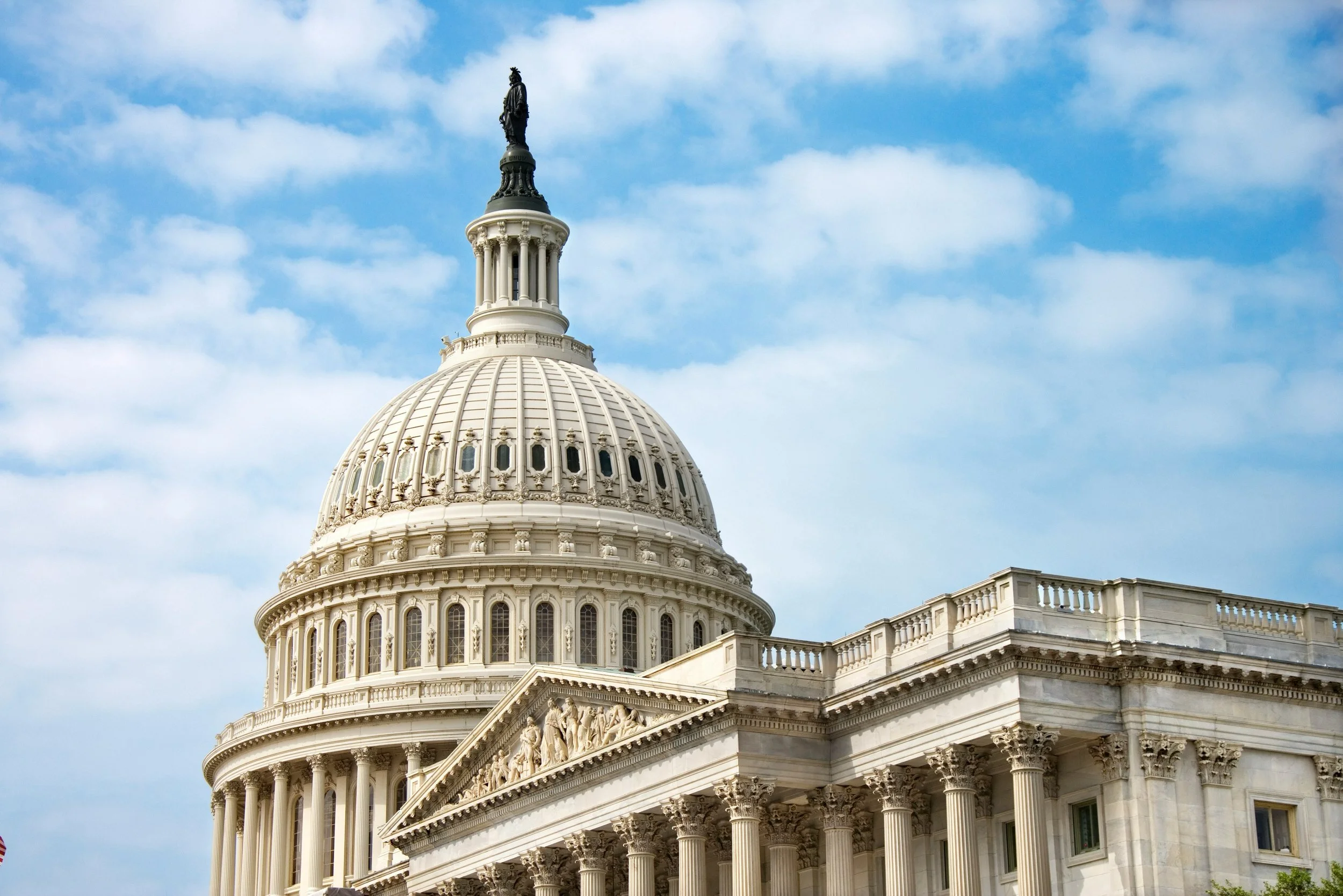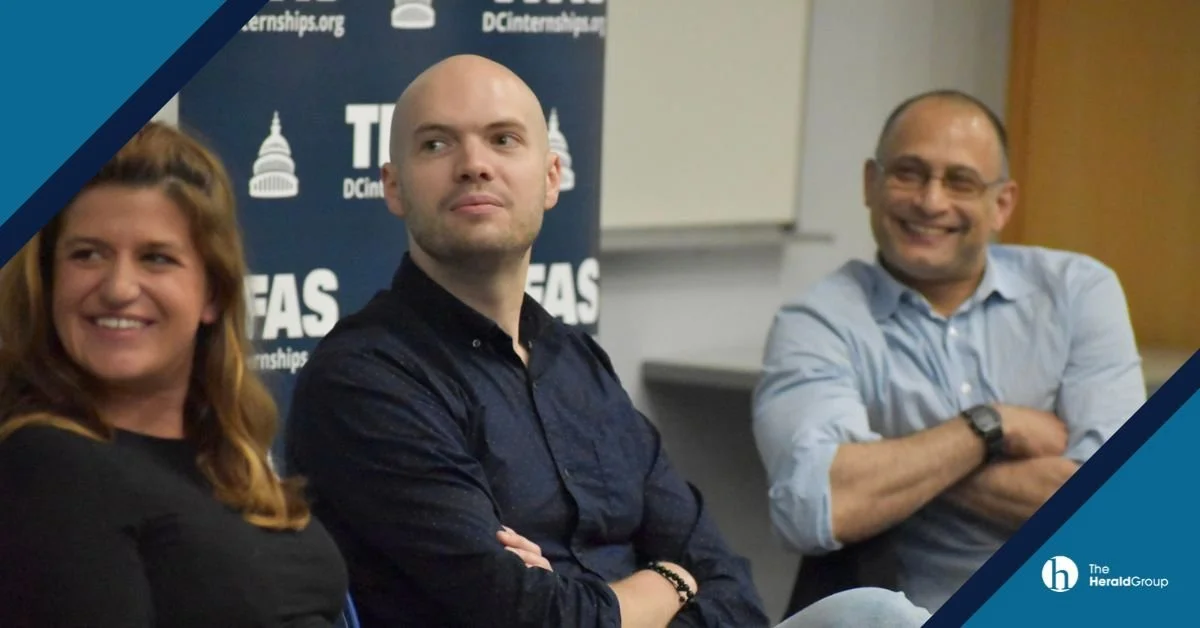Five Key Advocacy Tactics for the Lame Duck Session
The day after the election, Congress will transition into a lame duck session, which has its own special political dynamics. Some lawmakers will urgently want to complete unfinished business. Other lawmakers may pursue maverick or unpopular policies—since the election is over. Exiting lawmakers may look for ways to leave a legacy. Incoming lawmakers may be open to new relationships and ideas. Deals can be cut and foundations laid for the next session.
To respond to these new dynamics—and to the fact that legislators may be home more frequently in November and December—your advocacy strategies should shift or expand for the greatest impact. While the uncertainty of this period can be challenging, it also presents unique opportunities.
Here are five tips to maximize your advocacy impact during a lame duck session:
1. Leverage Local Media
With many lawmakers spending more time in their home districts during a lame duck session, it’s crucial to focus on local media. Crafting pitches tailored to regional concerns will help earn media and make an impact. Local news will underscore local priorities to legislators and their staff, as well as further expose constituents to your messaging and prime them to pressure their lawmakers.
2. Utilize Grassroots Efforts
Again, because lawmakers are more likely to be back in their districts, you can take steps to expose them to local grassroots voices, including local leaders and community influencers. Targeting local events and town halls is an effective way to ensure messaging gets heard in person.
3. Stay Nimble
Lame duck sessions are notorious for last-minute shifts in priorities. As officials respond to real-time feedback from their districts, staying adaptable is vital. Messaging should align with changes in the political climate or new developments on the ground. Timing is everything.
4. Learn from 2020 Strategy
Reflecting on what worked during the 2020 lame duck session offers valuable insights for 2024. In 2020, rapid-response initiatives combined with highly localized outreach were particularly effective. The Herald Group successfully elevated client priorities by deploying both of these tactics, with notable achievements in geotargeting key locations, such as travel hubs and local events. This approach ensured that messaging reached decision-makers where they were most likely to engage. By staying creative and nimble, The Herald Group managed to adapt quickly to shifting circumstances, ensuring maximum exposure and impact for clients’ issues.
5. Position Issues Before New Lawmakers Arrive
The period between November 6 and early January is critical for shaping the priorities of incoming lawmakers—both in Congress and in key state legislatures. Reach out to new legislators as soon as possible—before they are seated and even before they complete their staffing. As new legislators begin building their platforms, this time window is optimal for establishing key issues and shaping debates. It’s critical to deliver your messages, underscore priorities, and build relationships with incoming staff before legislative agendas are set. In addition, where applicable, be sure to educate newly elected legislators about your footprint and impact in their district. You’ll open the door for future communications when legislators understand what you mean to their district and constituents.
Reach Out to Learn More
The Herald Group can help your organization make the most of the lame duck session—and position your organization for public policy success in 2025-2026, both in Congress and at the state level. If you’d like to discuss your challenges and learn more about how our firm can help, please reach out to me or one of my team members at the Herald Group.






